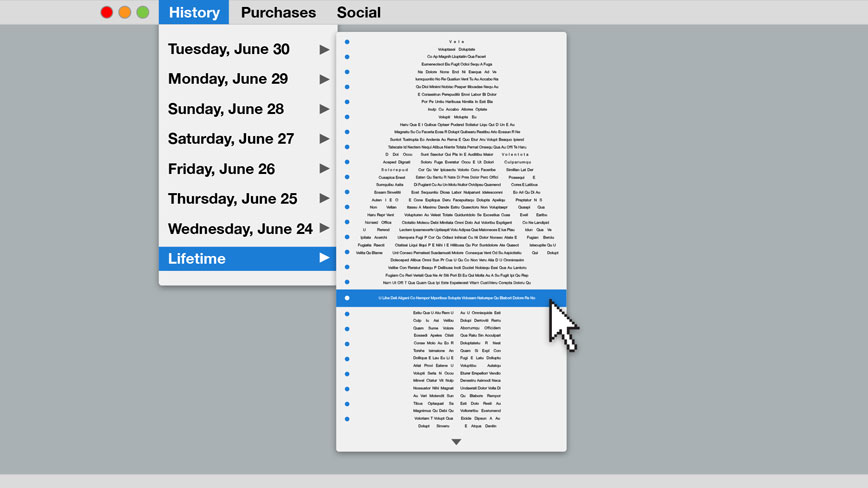Big data is taking much of the guesswork out of marketing. Companies are getting smarter than ever about not only stocking the right products and offering them at the appropriate time, but they are also ensuring that there will be a demand for the product before it ever leaves research and development.
Now that big data analysis is becoming crucial for businesses that want to remain viable, CMOs who recognize its ability to provide actionable insights will be better equipped to compete in the modern business landscape. They will be able to reap more advantages, too, including:
1. Acccurate Emotional Profiles for Their Brand
Qualitative data is rapidly becoming more usable in data analysis in much the same way as quantitative data. Statistical analysis can help identify and interpret ways to improve activities, even in some surprising areas. For example, a University of Colorado professor is helping a brewery owner tell better jokes through data.
AdWeek reported recently on this next evolution as being “a critical juncture, where traditional methods of insight development to guide brand and strategy — such as surveys and interviews — are now matched by the insights generated through social listening, search and other third-party digital data.”
Social listening and qualitative data analysis can help brands take advantage of information such as how search queries are tied to customer qualities. For instance, a footwear brand can assess their click through rate when people search for “best indoor competition climbing shoe.” Capabilities such as these will allow brands to have better insight into the qualities assigned to them by their market, both positive and negative.
2. True Personalization
Segmentation efforts can often yield woefully out of touch results. Part of the problem that leads to this type of misstep is an attempt to distill people based on arbitrary social demographics. Ads that attempt to appeal to women or young Latinos will inevitably be guilty of making generalizations that will alienate a portion of the intended audience. This disconnect arises from brands interpreting people based on who they are, not what they do.
With personalization enabled through Big Data, brands can finally gain true insight into customer behavior and engage on their terms. Data looks at people on a granular level to see their purchase history, browsing history or social media usage to try and build an accurate profile of their current needs and wants. That way, women who are interested in working out can learn about the latest supplement while people who are genuinely interested in getting their laundry cleaner, both male and female, can learn about a new detergent.
In many ways, this type of personalization will be the only way forward for businesses who want to remain relevant, as discussed in our earlier post on the topic.
3. Meeting Needs Even Before They Occur
Through personalization, qualitative analysis and market research, computer models can point at the trajectory the market is going. Businesses like the travel industry are already using Big Data on the micro scale to keep plane seats full even though a fair portion of passengers will not show up. But on a larger scale it will help airlines determine when to add new flight routes between cities.
As the technology evolves, it will be better equipped to help suppliers know what to manufacture, when to make it, where to ship it and even in how many of each color so that the maximum profits can be generated with the least amount of waste. Companies like Amazon are already harnessing this capability for “predictive shipping” programs that stock items at distribution centers in advance of customer orders based on past data.
CMOs have the highest potential to learn from using tools like this, especially since they have more influence now than ever before. As corporate culture shifts to entwine big data further into their practices and allows it to take the guesswork out of everyday decisions, customers will have their needs met before they even considered what those needs might be. In effect, marketers and suppliers will be holding open the door for them long before they ever reach sight of the building.

